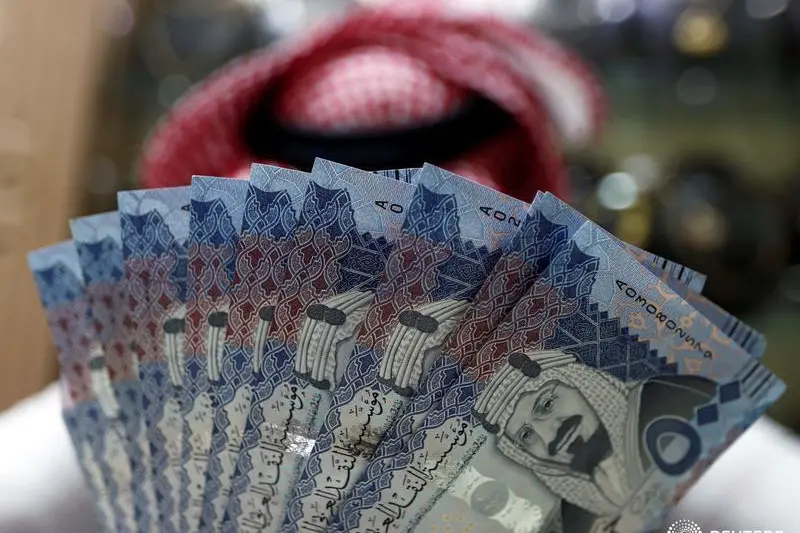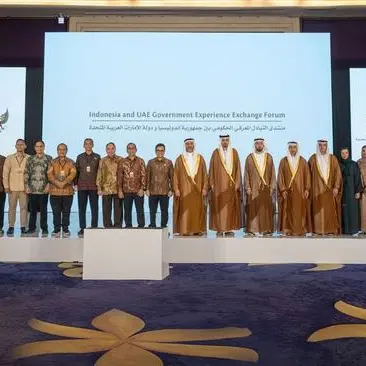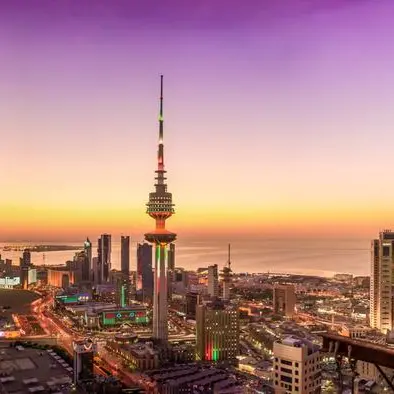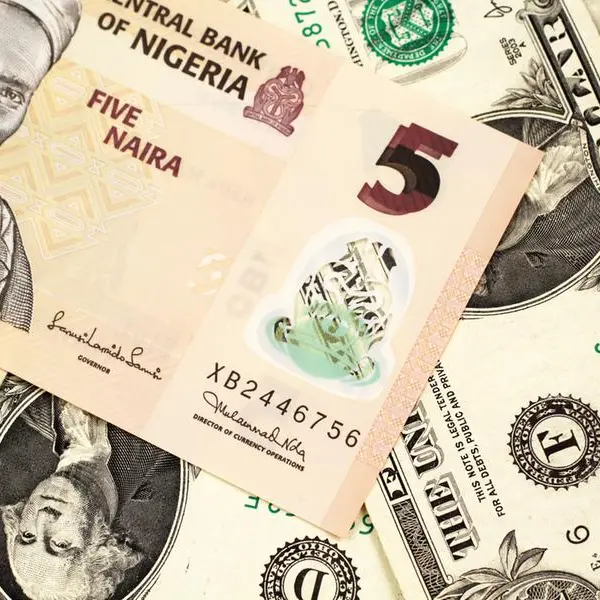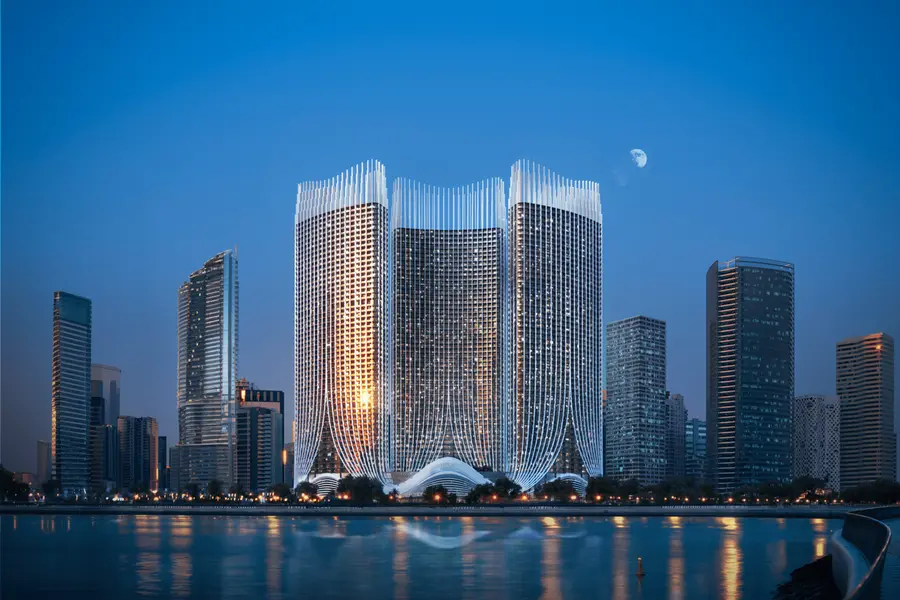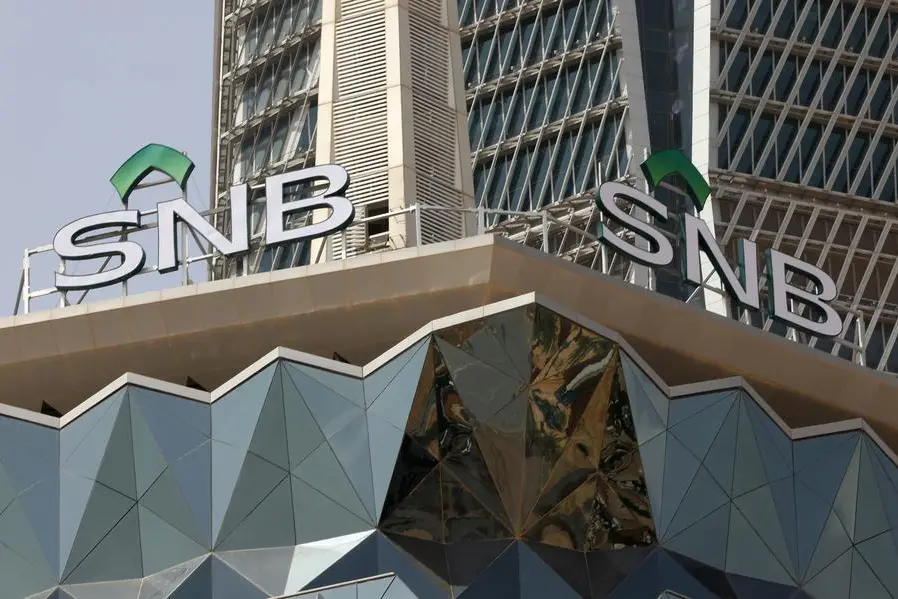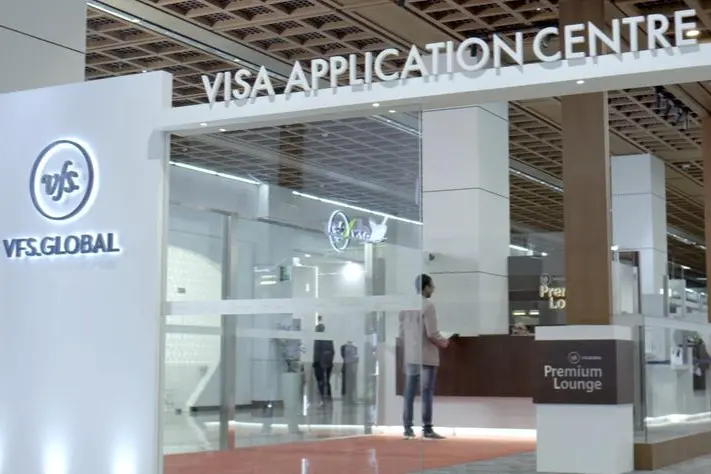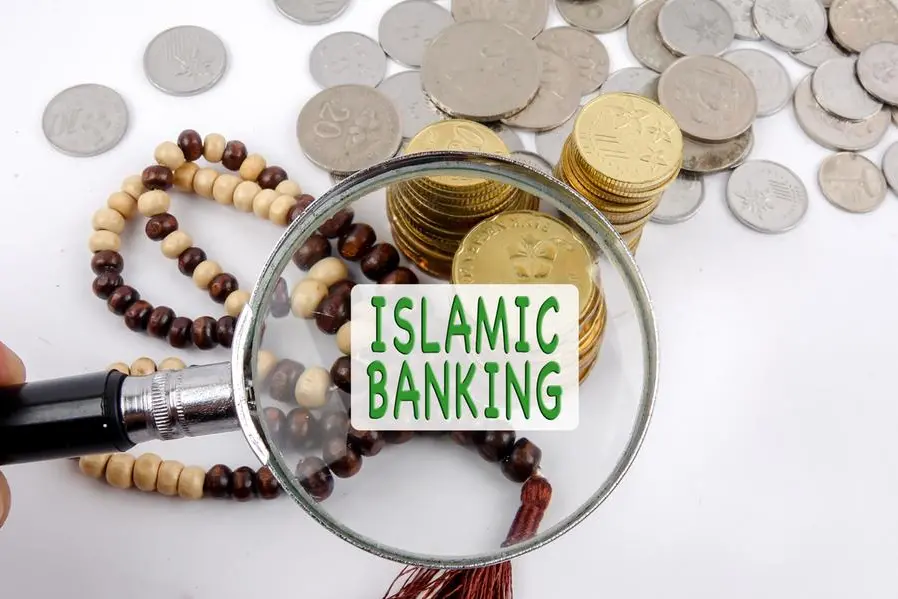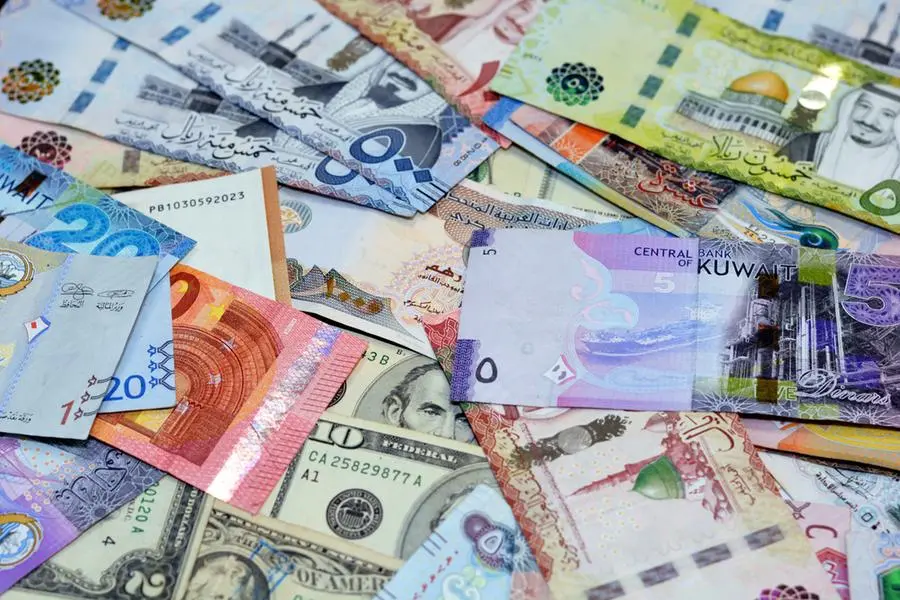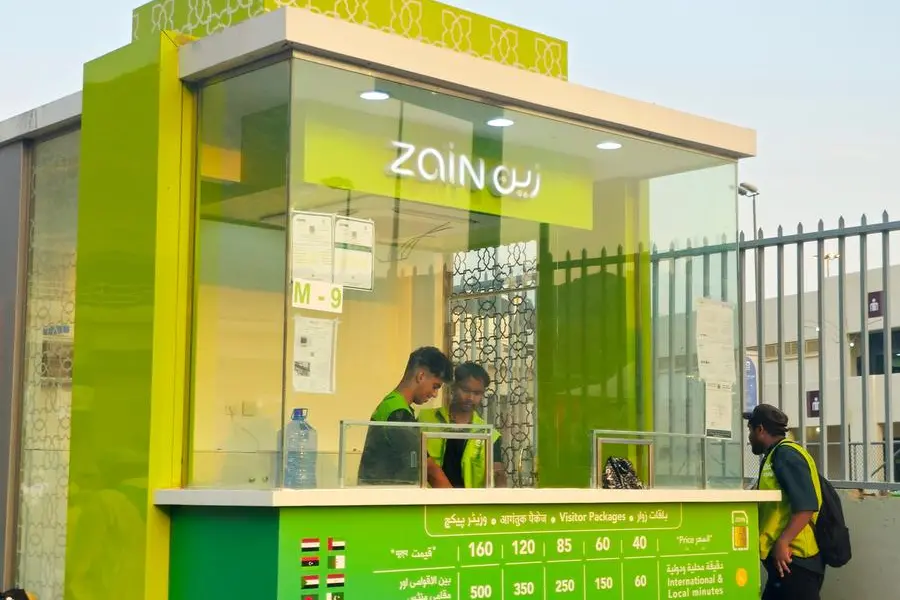PHOTO
A Saudi money changer displays Saudi Riyal banknotes at a currency exchange shop in Riyadh, Saudi Arabia July 27, 2017. Image used for illustrative purpose.
JEDDAH - During the first nine months of the year, Saudi Arabia’s 12 domestic banks’ net profits increased 3.2% year on year, mainly owing to rising net interest income and strong cost discipline, a credit positive, Moody’s Investor Service said in its bank sector comment this month.
The positive results were achieved despite lower government spending and slowing economic activity, with the real GDP seen to contract by 1% in 2017), which has led to negative lending growth and higher provisioning charges for most banks, the report said.
However, despite a 2% year-on-year decline in net loans as of September 2017, net interest income rose by 8% in the first nine months of the year, driven by a 20-basis-point improvement in the net interest margin, up to 2.9% for the first three quarters of 2017. Such improvement reflected a combination of higher asset yields and easing funding costs.
In particular, Bank AlBilad (A3 stable, baa21) increased net interest income by 22% year on year owing to asset growth that was faster than the system average. Riyad Bank (A2 stable, baa1), Saudi Investment Bank (A3 stable, baa2) and Bank Al-Jazira (Baa1 stable, baa3) all increased their net interest income by more than 12% year on year despite loan book contraction, reflecting the continued upward re-pricing of their loans.
Three successive rate hikes by the US Federal Reserve since December 2016, and the subsequent rise of lending rates by the Saudi Arabian Monetary Authority (SAMA), owing to the peg of the Saudi riyal to the US dollar, allowed domestic banks to re-price their loans, which provided a boost to interest income. Funding costs remained under control owing to a large proportion of low-cost or zero-cost demand deposits (exceeding 60% of deposits on average). At the same time, banks transferred their excess of low-yielding cash balances placed with SAMA (down 22% year to date as of September 2017) into investments in the latest government bonds and Sukuk issuances (up 30% year to date as of September 2017), which attract better returns.
Margin expansion also came from lower interest expenses (down 4% year on year) after the three-month Saudi Interbank Offered Rate normalized at around 1.8% in October 2017, down from a peak of 2.4% a year ago, reflecting improved liquidity in the banking system. Banks also reduced their reliance on expensive market funding and time deposits (down 4% year to date as of September 2017) amid lower asset growth.
In the context of limited growth opportunities, Saudi banks have successfully rationalized their cost bases. In the first nine months of 2017, operating expenses were up 1% year on year, following a 5% increase in the same period in 2016.
Consequently, Saudi banks maintained a stable cost/income ratio of around 36% on average for the first nine months of 2017. Higher net interest income and tight cost control offset the effect of lower non-interest revenue (down 8% year on year), and rising provisions on loans (up 24% year on year). Weak economic conditions drove down the volume of banks’ fee-based business such as trade and foreign-exchange transactions, and affected borrowers’ repayment capacity, leading to higher loan-loss provisioning for almost all Saudi banks, the report noted.
"Although we expect economic conditions to remain challenging over the next 12-18 months (we expect real GDP growth of 1.1% in 2018), Saudi banks’ profitability should remain resilient, supported by a gradual pick-up in credit demand combined with further loan re-pricing in a rising rate environment," Moody’s report said.
The positive results were achieved despite lower government spending and slowing economic activity, with the real GDP seen to contract by 1% in 2017), which has led to negative lending growth and higher provisioning charges for most banks, the report said.
However, despite a 2% year-on-year decline in net loans as of September 2017, net interest income rose by 8% in the first nine months of the year, driven by a 20-basis-point improvement in the net interest margin, up to 2.9% for the first three quarters of 2017. Such improvement reflected a combination of higher asset yields and easing funding costs.
In particular, Bank AlBilad (A3 stable, baa21) increased net interest income by 22% year on year owing to asset growth that was faster than the system average. Riyad Bank (A2 stable, baa1), Saudi Investment Bank (A3 stable, baa2) and Bank Al-Jazira (Baa1 stable, baa3) all increased their net interest income by more than 12% year on year despite loan book contraction, reflecting the continued upward re-pricing of their loans.
Three successive rate hikes by the US Federal Reserve since December 2016, and the subsequent rise of lending rates by the Saudi Arabian Monetary Authority (SAMA), owing to the peg of the Saudi riyal to the US dollar, allowed domestic banks to re-price their loans, which provided a boost to interest income. Funding costs remained under control owing to a large proportion of low-cost or zero-cost demand deposits (exceeding 60% of deposits on average). At the same time, banks transferred their excess of low-yielding cash balances placed with SAMA (down 22% year to date as of September 2017) into investments in the latest government bonds and Sukuk issuances (up 30% year to date as of September 2017), which attract better returns.
Margin expansion also came from lower interest expenses (down 4% year on year) after the three-month Saudi Interbank Offered Rate normalized at around 1.8% in October 2017, down from a peak of 2.4% a year ago, reflecting improved liquidity in the banking system. Banks also reduced their reliance on expensive market funding and time deposits (down 4% year to date as of September 2017) amid lower asset growth.
In the context of limited growth opportunities, Saudi banks have successfully rationalized their cost bases. In the first nine months of 2017, operating expenses were up 1% year on year, following a 5% increase in the same period in 2016.
Consequently, Saudi banks maintained a stable cost/income ratio of around 36% on average for the first nine months of 2017. Higher net interest income and tight cost control offset the effect of lower non-interest revenue (down 8% year on year), and rising provisions on loans (up 24% year on year). Weak economic conditions drove down the volume of banks’ fee-based business such as trade and foreign-exchange transactions, and affected borrowers’ repayment capacity, leading to higher loan-loss provisioning for almost all Saudi banks, the report noted.
"Although we expect economic conditions to remain challenging over the next 12-18 months (we expect real GDP growth of 1.1% in 2018), Saudi banks’ profitability should remain resilient, supported by a gradual pick-up in credit demand combined with further loan re-pricing in a rising rate environment," Moody’s report said.
© Copyright 2017 The Saudi Gazette. All Rights Reserved. Provided by SyndiGate Media Inc. (Syndigate.info).
